
Lot 14
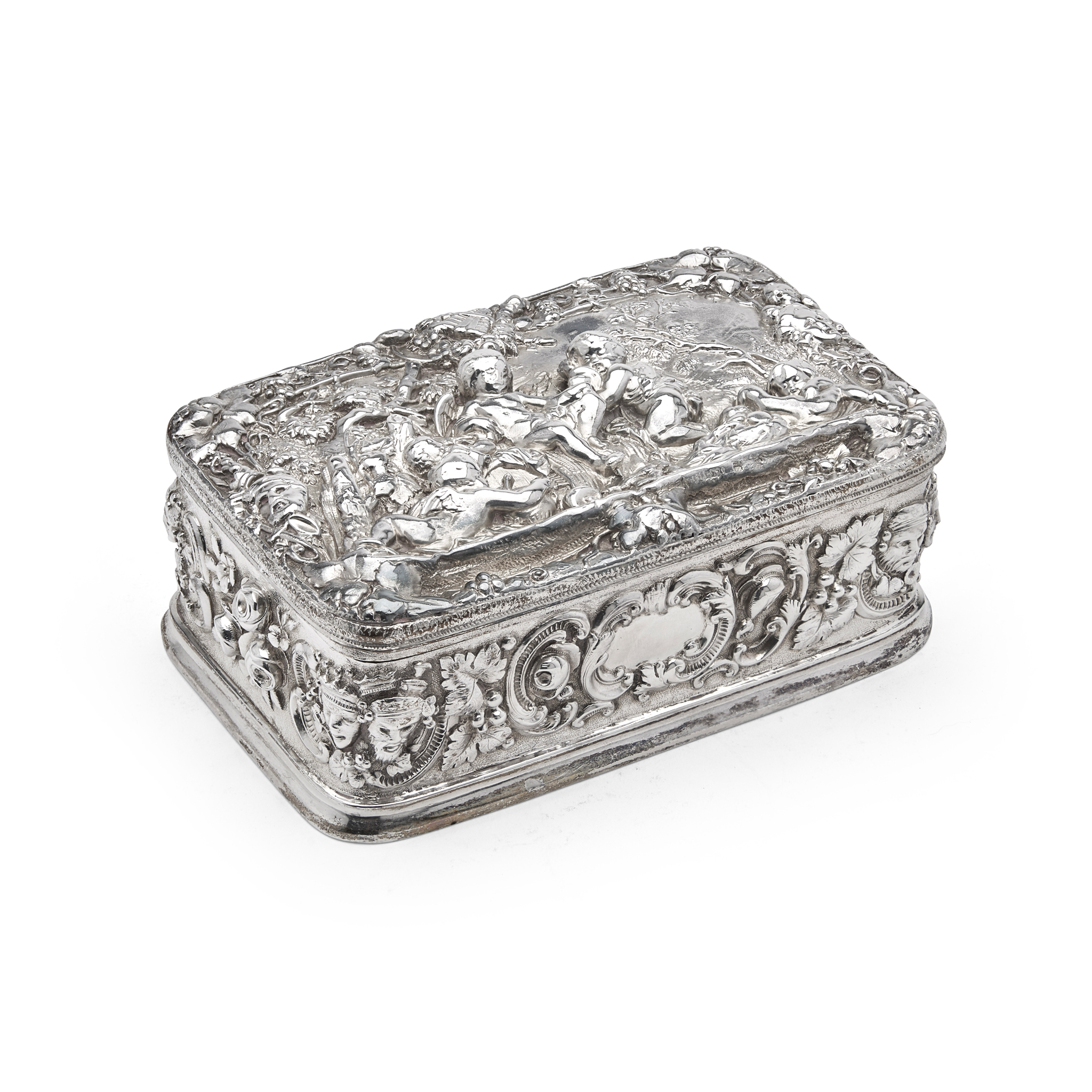
CALCUTTA - AN INDIAN BOX
HAMILTON & CO., JEWELLERS CALCUTTA, LATE 19TH CENTURY
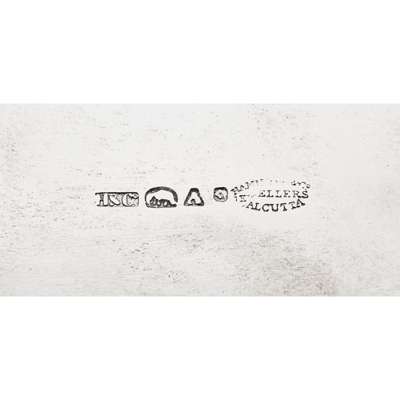
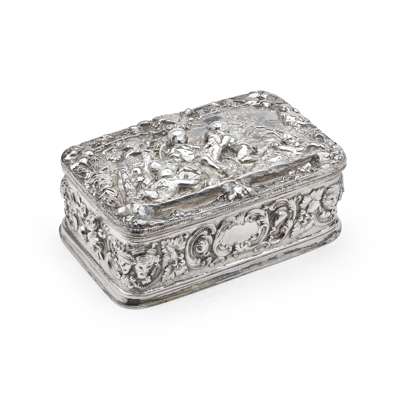
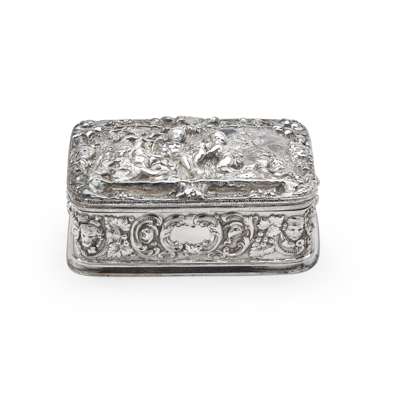


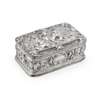
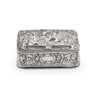
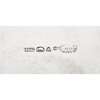
Auction: The Fiona Buchanan Indian Silver Collection | Wednesday 4th March at 10am
Description
Of rounded rectangular outline, high repoussé work to all sides of scroll motifs, the hinged lid with various cherubs depicted
Dimensions
13.2cm wide, 14.9oz
Footnote
Hamilton & Co are amongst the most recognisable names in Indian Colonial silver and were making many of the finest examples still extant of this fascinating period. Their style very much follows that of the British forms they left behind and while they do integrate and meld with local craftsmen and decoration it is there classically George III simple silver that is most commonly encountered.
The business was initially set up by Robert Hamilton who had arrived in India and set up as a Jeweller in Tank Square by 1808. He enters into partnership with Henry Glazbrook (who had arrived in 1810) and James Glazbrook (who had arrived in 1811) in 1811 creating what would become on of the most successful silversmith business in the Empire.
Robert’s hands on work with the business appears short and by 1817 had ceased to have an interest in the firm. Why his connection is so short is unknown but he had returned to England as early as 1812. His connection to the country doesn’t cease however as he stands guarantor for various other Brits who would be connected with the trade in India.
His business interest had made him a rich man and in 1819 he purchased the thirty room Bloomfield Hall (now demolished) in surrey, which housed his impressive art collection. His art collection, long dispersed, included such names as Rubens, Holbein and Vaelazquez.
The business of Hamilton & Co would not only survive but thrive having three branches. The original branch in Calcutta (1811 – 1971) followed by those in Bombay (originally opened in 1830) and Simla (opened 1865).
The partnership has many changes in partners which show the movement of makers, people and business throughout the century with there being no fewer than thirty different incarnations of partners between 1811 and 1947!
They were a business with vision and not only are making the standard silver wares but also are recorded importing items from Rundell Bridge & Rundell in London, no doubt large and impressive pieces. They also are likely the main producer of flatware in India as have imported a ‘powerful English stamping press’ which allows them to produce the much more elaborate die struck flatware patterns than their competitors.
Their success does not just lie in importing and replicating English silver as in 1838 they announce their invention of a ‘Toffee’ pot. Not perhaps a long-lived invention, and perhaps one over looked now, of a combination tea and coffee pot.
As with William Honey Twentyman their marks for many years were confused with those of Scottish makers. In early publications they are often seen in the Inverness section as the elephant punch was mistaken for an Inverness town mark. Not as fanciful as it may seem being the camel supporter had been used as mark earlier in the century so why not the armorials other supporter, the elephant, used in the same way.







